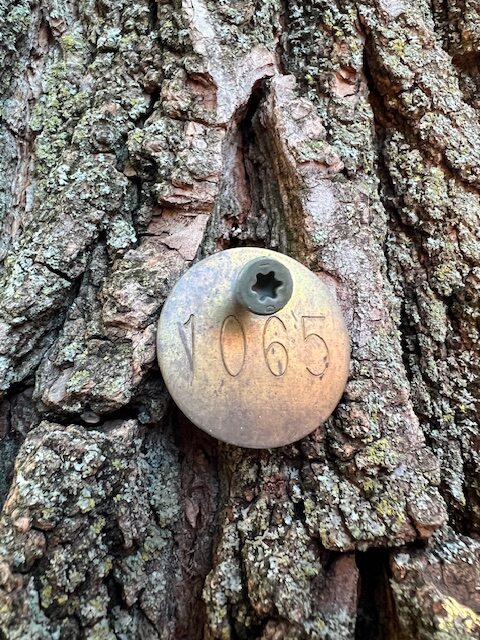Seward Park Coop About to Lose One of it’s Siberian Elm Trees
On November 8, 2023, Seward Park will say goodbye to one of its prized possessions. Tree #1065. An old Siberian elm tree. Sadly, the elm is encroaching on the cement around it causing structural damage. Enough so that it has to be put down. A flier posted internally to tenants of Seward Park by management made the announcement.

The Siberian elm, scientifically known as Ulmus pumila, is a deciduous tree native to northern China, eastern Siberia, Manchuria, and Korea. It belongs to the elm family, Ulmaceae. This tree species has been widely planted in various parts of the world due to its ability to tolerate a wide range of environmental conditions.
Here are some key characteristics of the Siberian elm tree:
- Leaves: The leaves of the Siberian elm are small, ovate to elliptical in shape, with serrated margins. They are dark green in color and turn yellow in the fall before dropping off.
- Bark: The bark of young Siberian elm trees is smooth and grayish-brown. As the tree matures, the bark becomes rougher and develops furrows and ridges.
- Flowers: The Siberian elm is a monoecious tree, meaning it has both male and female flowers on the same tree. The flowers are inconspicuous and appear in early spring before the leaves.
- Fruits: The tree produces small, winged seeds (samara) that are dispersed by the wind. Each seed has a flat, papery wing attached to it, aiding in wind dispersal.
- Habitat: Siberian elm trees are highly adaptable and can grow in a variety of soil types. They are often found in disturbed areas, such as roadsides, riverbanks, and abandoned fields. They are also resistant to harsh weather conditions, making them suitable for planting in urban areas.
- Invasive Species: While Siberian elm trees have been widely planted for their hardiness, they can become invasive in some regions. Their ability to produce numerous seeds and grow rapidly can lead to them outcompeting native vegetation.
It’s worth noting that while Siberian elm trees have been extensively planted, they are not always regarded as a desirable species due to their invasive tendencies in some areas. Landscapers and conservationists often prefer native tree species to maintain biodiversity and support local ecosystems.









